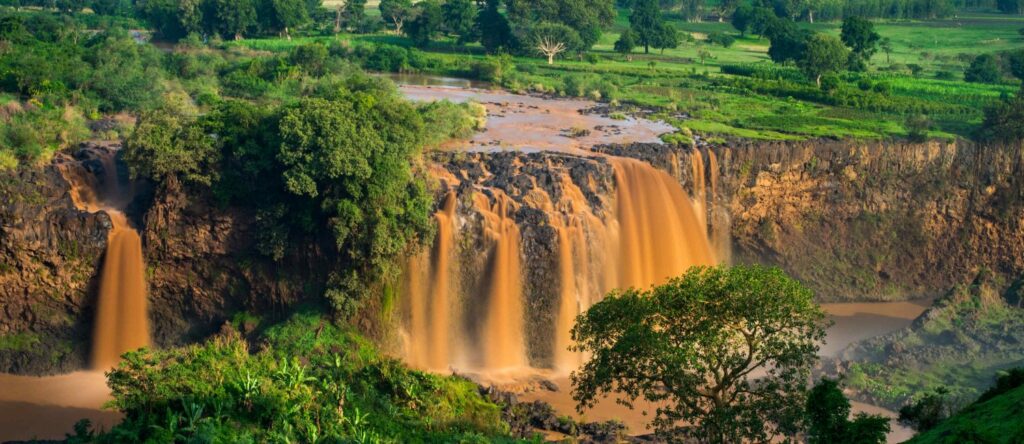- The Nile draws its water from three long rivers – the White Nile, Blue Nile, and the Atbara, which flows from North-West Ethiopia to the Nile in East Sudan. The longest river in the world, the Nile stretches 6,650 kilometers and passes through eleven countries: Burundi, Egypt, Eritrea, Ethiopia, Kenya, Rwanda, Sudan, South Sudan, Tanzania, Uganda and the Democratic Republic of the Congo (DRC).
- Ethiopia contributes over 85% to the Nile water.
- The volume of the Nile’s annual flow is 84 billion cubic meters. These Nile Basin nations have a combined population of roughly over 500 million people and is expected to double in the next twenty-five years.
- To date, there is no international legal regime that governs the utilization of the river among the Nile basin countries.
- After more than thirteen years of negotiation, among the Nile basin riparian states, The Cooperative Framework Agreement (CFA), a treaty that outlines principles, rights, and obligations for cooperative management and development of the Nile Basin water resources, was signed by all riparian states except Egypt and Sudan. Among these, Ethiopia, Rwanda, Tanzania, and Uganda have ratified it. With two more additional ratifications, it would be the first and only binding legal regime on the Nile river.




